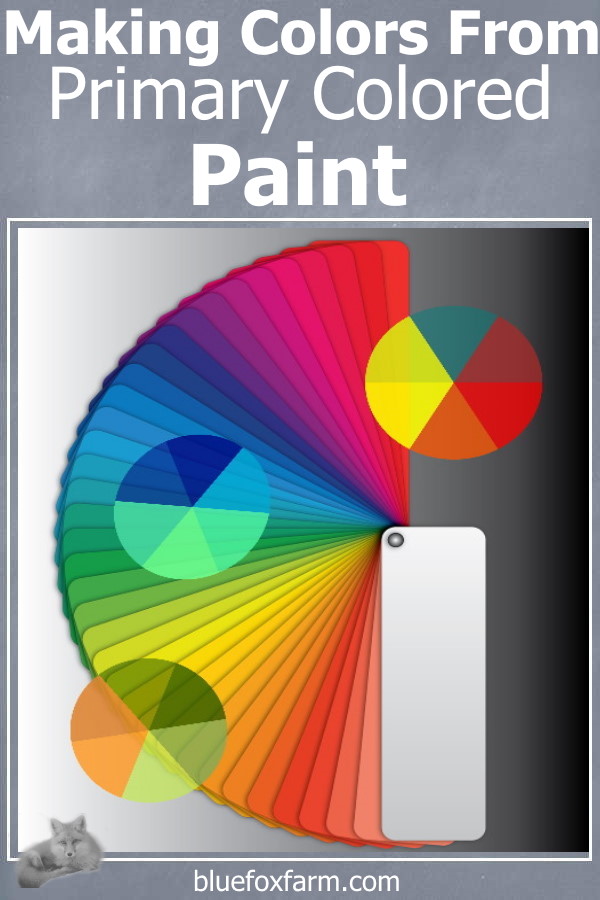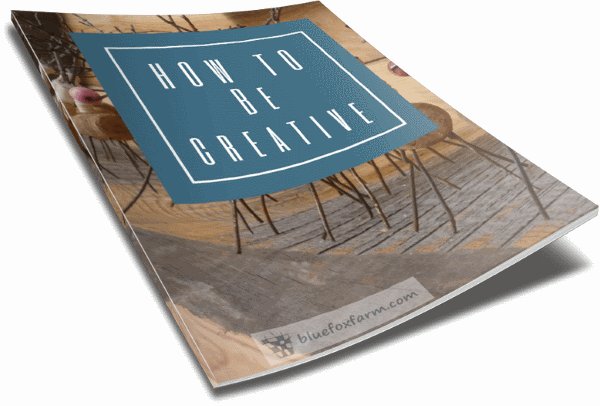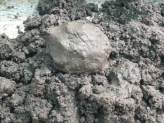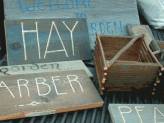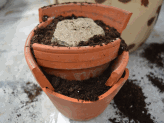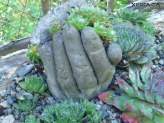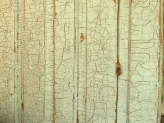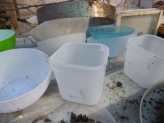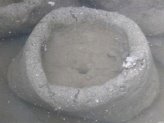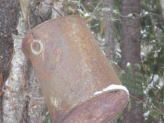Making Colors From Primary Colored Paint
The Basics of Color
You can make every color under the rainbow (or in it) from just three colors of paint.
Don't believe it? Here's how it works. There are three main colors. Red, Blue and Yellow. Every other color is a combination of two or more of those.
The other two crucial pigments are white and black. With those five base colors, any color at all is within your grasp.
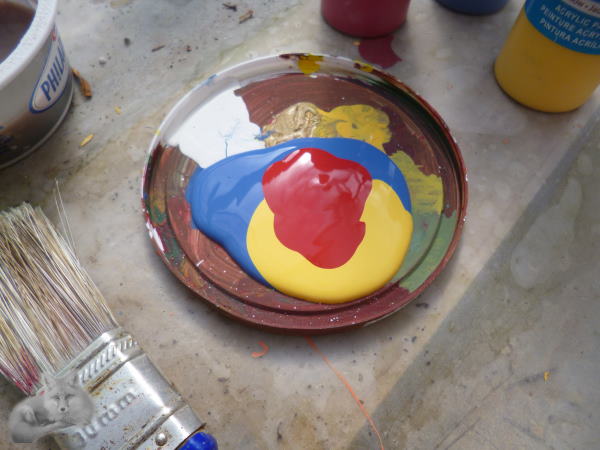 Primary colored paint ready to mix and match to suit your whim
Primary colored paint ready to mix and match to suit your whimI use acrylic craft paint a lot, but this works with every kind of paint.
In the hardware store when you buy paint, you'll see this at work; you choose the color you want with a 'paint chip'.
This has numbers on it usually, or the technician uses a computer to get the 'recipe' which tells them what base to use, and how many pumps of each colorant to get the hue you desire.
After a good shaking, the paint is ready for you to use.
I don't mix my paints completely, preferring the more rustic look. In fact, I usually just squirt several colors into a small plastic container that I've saved for exactly this use (yogurt, cream cheese, etc).
I don't mix them, just dab my brush or whatever other tool I'm using (could be a rag, or a piece of sponge).
There are lots of ways to make your items look aged, from using giggle juice as the liquid used to dilute them, to adding a touch of green paint.
Yes, I've done that on occasion. Don't have green paint? Use a dab of yellow and a dab of blue.
Make red barn paint from giggle juice and Holiday Red paint (or any other red pigment).
My Mum was a set designer at a certain time in her life, shortly after completing her training as an art teacher.
She's told me about developing 'donkey brown' which is all the different colors of paint you can find, dumped into a bucket and stirred. This can be used for many parts of a stage set, from timbers to stones.
The caveat here of course is that the paint has to all be either oil based or water based or it won't mix together.
In addition, any latex paint from the hardware store can be mixed with your acrylic craft paints to change the color - within reason.
So, for instance, if you have a pale tinted white base latex, you can change that to beige, with the addition of brown acrylic craft paint, pale green with the addition of dark green acrylic, or pale pink with the addition of red and so on.
Mix and match, try to keep track of your color addition, and make enough to do your entire project. It's really hard to re-make your custom color - that's why in the paint store they have a numbering system for all the tints, and put in a certain number of drops. Don't sweat it too much, the variation is what gives an aged appearance to your craft.
Learn what it takes to be creative - we all have the gene but how do we develop it? Get the free guide!
Fill in the form below for your copy;
(Don't be disappointed - use an email address that will accept the free download - some .aol email addresses won't.
If you don't see your download within a few minutes, try again with another email address - sorry for the bother.)
